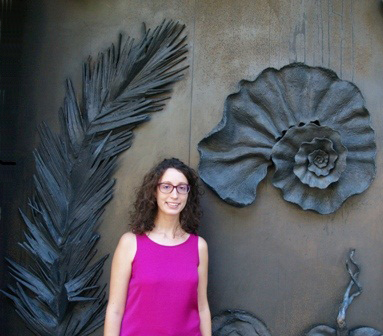
Archaeological Micromorphology and Biomarker Research Lab, Instituto Universitario de Bio-Orgánica Antonio González (IUBO)
Avenida Astrofísico Francisco Sánchez,2, 38206, La Laguna, Tenerife, Spain
I am a geologist specialized in geochemistry and isotopic biogeochemistry of Quaternary deposits. My scientific activity has been linked to paleoenvironmental, paleoclimatic and paleohydrological reconstruction of NW Iberian Peninsula during the Late glacial and the Holocene using lake sediments, which I have carried out at the Stable Isotope Laboratory-University of Salamanca (Spain) and at the Pyrenean Institute of Ecology–CSIC (Spain). Since my PhD, which focused on the sedimentary record of Sanabria Lake (Spain), I have been fascinated by past climate changes, particularly regarding abrupt climate variability and human-climate interactions in the past, and I have discovered that the best way to tackle complex paleoenvironmental issues is to use an multidisciplinary approach. Therefore I use multi-proxy analysis including sediment bulk chemistry, XRF, magnetic susceptibility and stable isotopes on sedimentary organic matter, fossil diatoms and lipid biomarkers in order to identify ecosystem changes.
I am particularly interested in the novel approach based on molecular biomarkers (biomarker distribution and isotopic composition) and their potential for paleoenvironmental research, not only on lacustrine sedimentary sequences, which provide one of the best continuous high-resolution records of environmental changes, but also on archaeological sediments. In fact, the arqueological potential of molecular biomarkers for gaining additional understanding of human activities and behavioural responses to climate changes is great.
Since 2016 I have continued my research career at the Archaeological Micromorphology and Biomarkers Laboratory (AMBI Lab, University of La Laguna) as a member of a group led by Dr. Carolina Mallol. One of my goals is to build an experimental reference collection of gas chromatography-mass spectrometry and isotopic ratio-mass spectrometry data on charred compounds of interest to Palaeolithic archaeology. I am very enthusiastic about working on organic and charred matter from Pleistocene archaeological sediments. It is a great opportunity to obtain a better understanding of the world of the Neanderthals and their interactions with climate variations using molecular markers.